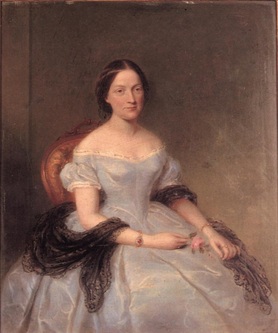
- The constant tragedy of child loss
- Death from sickness and suicide
- Issues stemming from a childhood with a distant parent (emotionally and geographically)
- The life of a European woman during the transition out of the Enlightenment period
Mary was able to weave them all into her novel skillfully because she thought deeply on their direct impact upon her life. The same can be true of your own writing. Working to understanding the driving themes and plot points in your own life will make clear those in your stories. Keeping diaries and discussing your work with peers (your critique group!) will help.
To help you along, here is a writing exercise taken from Brian Kiteley's "The 4 A.M. Breakthrough."
We Think with the Objects We Love
Think of the one object you own that means more than anything else of all your objects. Maybe first, it would be a good list of five of these objects, then ponder each one for awhile until one of them stands out clearly as the most important or evocative. Write a long paragraph about the this object--its history, its utility, its shape and color and scent. Put the paragraph aside of a week. When you look at the paragraph again, read it several times. Immediately write a piece of narrative about this object. Write this narrative as if someone else other than you owned and cherished the object. 500 words.
Follow these links for more from the contributing authors on the panel: Gwynne Garfinkle, Theodora Goss, and James Morrow

 RSS Feed
RSS Feed